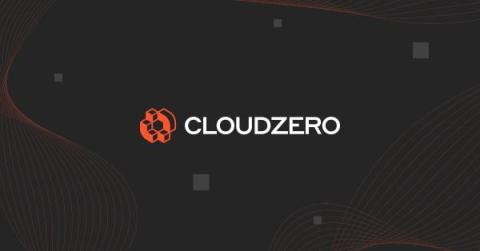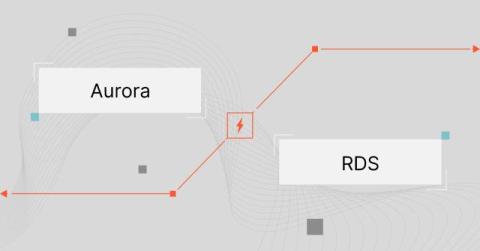The Complete SaaS Pricing Guide In 2024
The software-as-a-service (SaaS) industry is growing rapidly and becoming increasingly competitive. For SaaS companies, establishing a unique competitive advantage is crucial. Implementing a tailored SaaS pricing strategy effectively sets companies apart. This approach not only boosts operational efficiency but also enhances profit margins. Choosing the optimal SaaS pricing strategy requires careful consideration of various factors.










